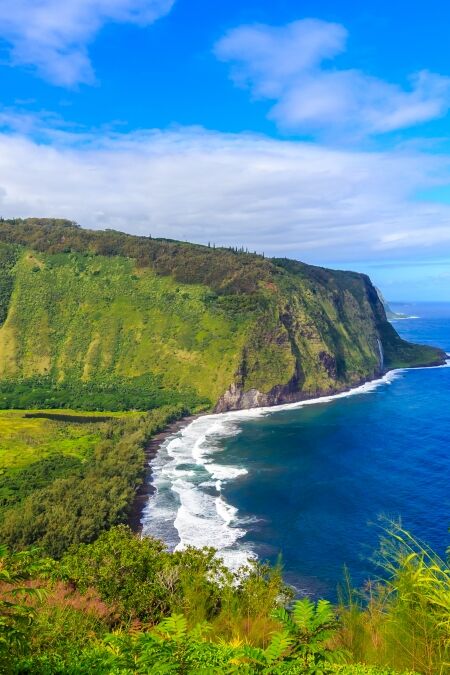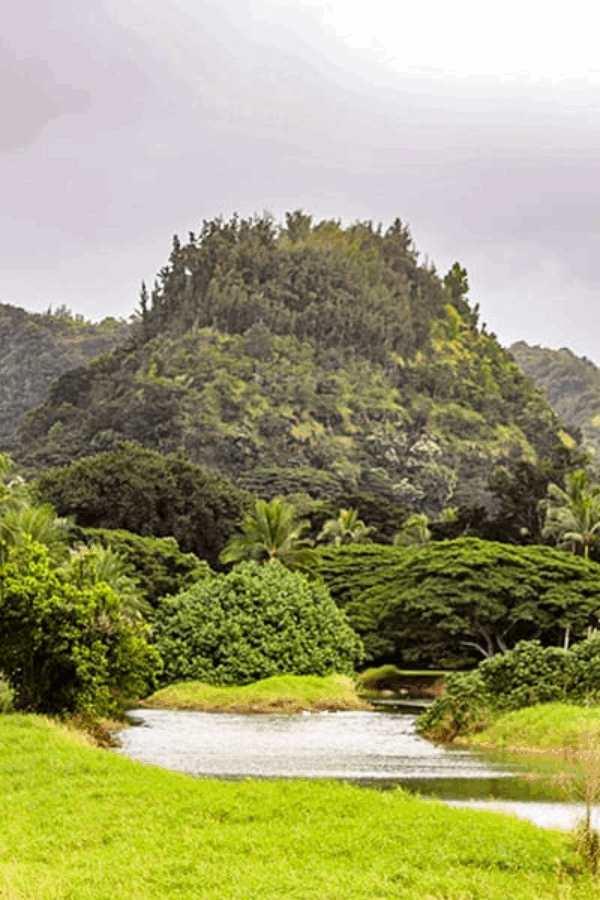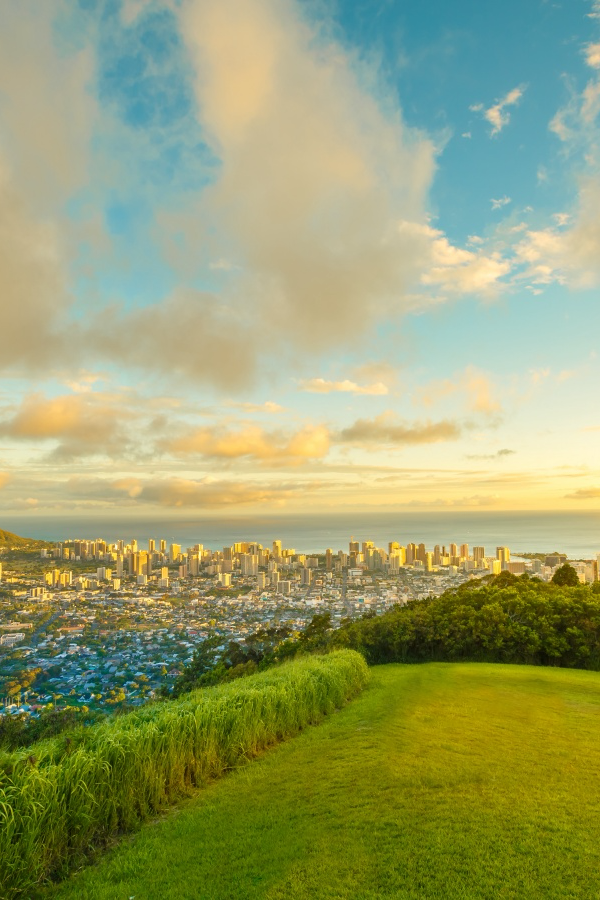Known as the “Valley of the Kings,” Waipio Valley holds deep historical and cultural significance, captivating visitors with its mystical allure and natural beauty. This travel guide will provide essential information on how to reach the lookout, the best times to visit, what to bring, and the top attractions and activities to enjoy.
Highlights
- The lookout offers breathtaking panoramic views of Waipio Valley, showcasing lush greenery, dramatic cliffs, and the stunning black sand beach below.
- Explore the valley floor on horseback with guided tours that offer a unique perspective of the landscape.
- The black sand beach on the valley floor is a striking sight. Though the surf can be rough, it’s a great place for a picnic, a walk, or simply to enjoy the tranquil surroundings.
- The rivers, waterfalls, and streams running through the valley add to its serene and picturesque environment.
- Birdwatchers and nature enthusiasts will enjoy spotting various native birds and exploring the valley’s lush, tropical flora.
History
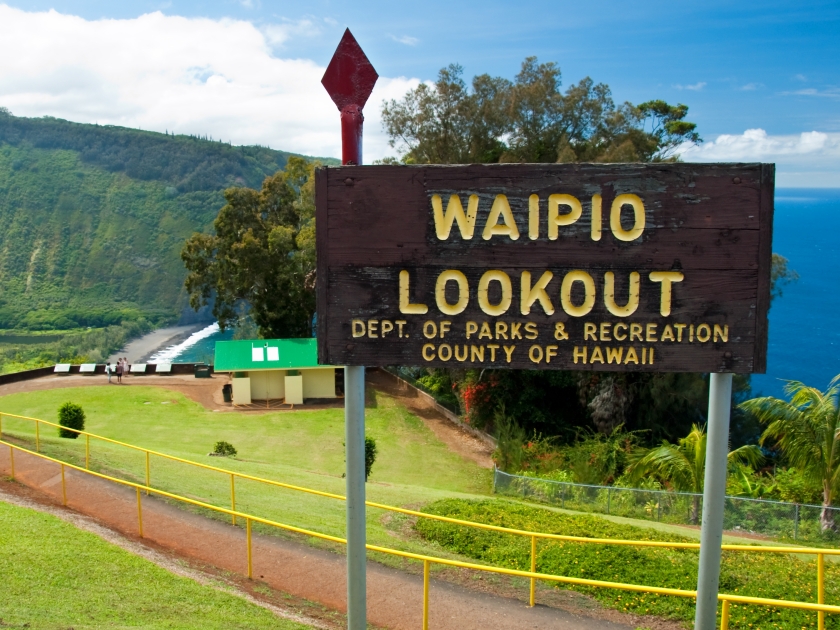
While the specific history of the Waipio Valley Lookout itself is not well-documented, likely because it is a natural viewpoint rather than a constructed structure, it offers breathtaking views of the historically rich Waipio Valley below.
Thriving Hawaiian Community
Known as “The Valley of the Kings,” Waipio Valley was a thriving political and religious center for Hawaiians long before European contact. The valley’s fertile land supported a large population of up to 10,000 people, who cultivated crops and built a vibrant community. This period marked the zenith of Hawaiian society in Waipio, with intricate systems of agriculture and aquaculture sustaining the population.
Home to Royalty
Waipio Valley was not only home to common Hawaiians but also to royalty. It was a favored residence for Hawaiian chiefs and kings. Notably, King Kamehameha I, one of Hawaii’s most revered leaders, spent his youth in this valley. The presence of royalty added to the valley’s prestige and significance, making it a crucial location in Hawaiian history.
Shifting Fortunes
Despite its early prosperity, Waipio Valley faced significant challenges over time. Conflicts among Hawaiian leaders led to periods of strife and change. The valley’s fortunes took a particularly devastating turn in 1946 when a tsunami struck, drastically reducing the population and altering the landscape. This natural disaster marked a period of decline for the once-thriving community.
A Glimpse into the Past
Today, the Waipio Valley Lookout offers visitors a chance to reflect on this rich history. From the lookout, one can take in the vastness of the valley and imagine the thriving Hawaiian community that once existed there. The view serves as a poignant reminder of the valley’s cultural significance and its role in shaping Hawaiian history. Visitors are encouraged to appreciate the natural beauty and historical depth of Waipio Valley, gaining insight into the lives and legacies of the people who once called it home.
Attractions and Things to Do
Scenic Views and Photography Spots

Waipio Valley Lookout provides panoramic views that are a paradise for photographers. The dramatic cliffs, lush greenery, and the ocean’s expanse create perfect backdrops for stunning photos. Early morning and late afternoon offer the best lighting conditions for capturing the valley’s beauty.
Hiking Trails and Routes
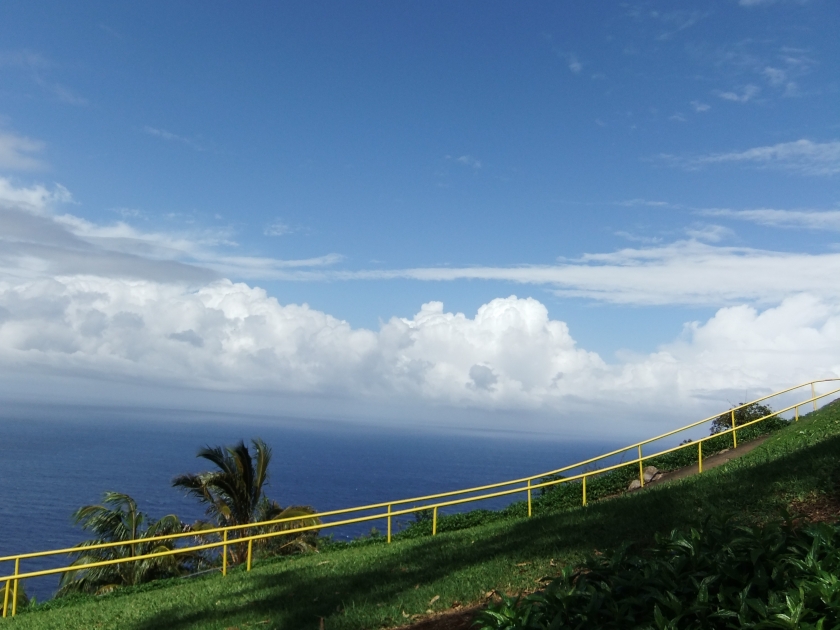
For those who love to hike, the Muliwai Trail and Waipio Valley Trail offer exciting adventures. These trails take you through lush forests and along rugged paths, providing breathtaking views and a chance to immerse yourself in nature. Remember to wear sturdy shoes and bring plenty of water.
Waterfalls and River Activities
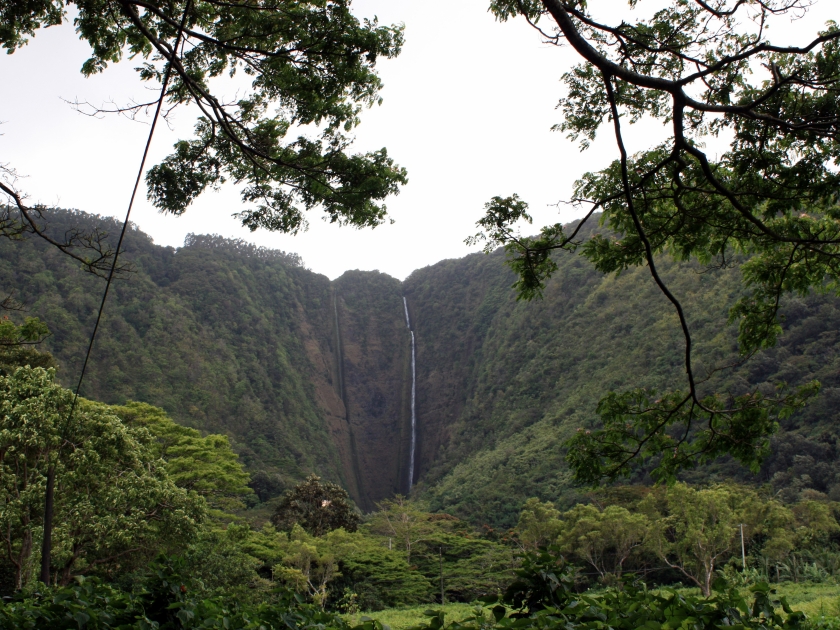
The valley is home to several spectacular waterfalls, including Hiilawe Falls, one of Hawaii’s tallest. Visitors can enjoy the serene sounds and sights of these cascading waters. For the adventurous, the river offers opportunities for swimming and exploring.
Exploring the Valley Floor and Black Sand Beach
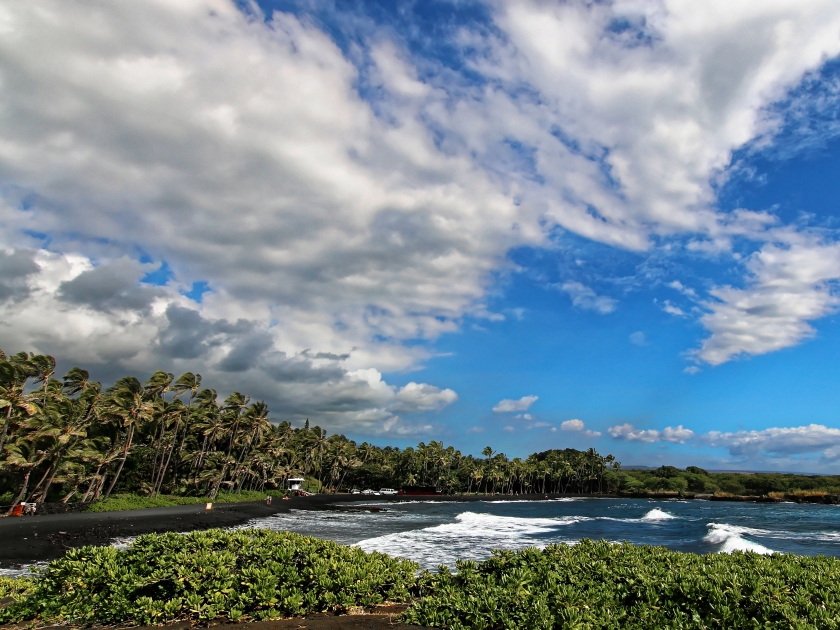
Descending into the valley floor reveals a different world, with taro fields and a striking black sand beach. The beach is perfect for a peaceful walk, and the valley floor provides a glimpse into traditional Hawaiian agriculture. This exploration offers a deeper connection to the valley’s history and natural beauty.
Birdwatching and Wildlife Spotting
Waipio Valley is a haven for birdwatchers and wildlife enthusiasts. The diverse ecosystem supports a variety of bird species, including the native Hawaiian hawk. Keep an eye out for other wildlife as you explore the valley, making every visit an opportunity to connect with nature.
Tips for Visiting
- Check the Weather: Ensure you check the weather forecast before your visit, as conditions can change rapidly and affect visibility and safety.
- Wear Comfortable Footwear: Sturdy hiking shoes are recommended if you plan to explore trails or descend into the valley.
- Bring Water and Snacks: There are limited facilities in the area, so carry enough water and snacks to stay hydrated and energized.
- Pack Sunscreen and Bug Repellent: Protect yourself from the sun and insects, especially if you plan to hike or stay for an extended period.
- Respect Local Customs: Be mindful of the cultural significance of the valley to Native Hawaiians and respect private property and local customs.
- Stay on Designated Trails: To preserve the natural environment and for your safety, stay on marked trails and paths.
- Take Your Trash: Leave no trace and carry out all trash to keep the area clean and beautiful.
- Photography Gear: Bring your camera, extra batteries, and memory cards to capture the stunning landscapes.
- Prepare for Limited Connectivity: Cell phone service may be limited, so plan accordingly and let someone know your itinerary.
- Hire a Local Guide: Consider hiring a local guide for a more in-depth experience and to learn about the valley’s history and culture.
- Drive Carefully: The road to Waipio Valley can be steep and narrow; if you’re not comfortable driving, consider joining a tour.
- Check Accessibility: The descent into the valley is steep and may require a 4WD vehicle; check accessibility and road conditions beforehand.
Best Times to Visit
The valley experiences a tropical climate, with the wet season from November to March bringing more rain, and the dry season from April to October offering more stable weather. Peak tourist seasons, particularly during summer and winter holidays, can be busier, so visiting during off-peak times, like late spring or early fall, can provide a more serene experience. For the best lighting and fewer crowds, early morning or late afternoon visits are recommended, offering stunning views and a peaceful atmosphere.
Nearby Attractions
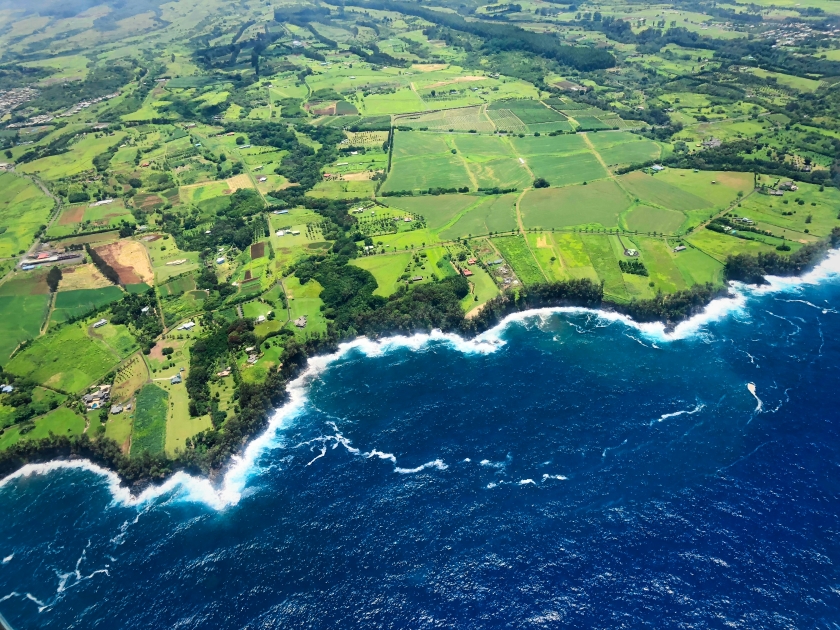
The Hamakua Coast area surrounding Waipio Valley Lookout is rich with additional points of interest, making it perfect for day trips and excursions. Visit the breathtaking Akaka Falls State Park to marvel at its towering waterfall, or explore the serene botanical gardens at the Hawaii Tropical Botanical Garden. For a taste of local culture, stop by the charming town of Honokaa, where you can find quaint eateries like Tex Drive-In for delicious malasadas and the Honokaa People’s Theatre for a glimpse of local entertainment.
Frequently Asked Questions (FAQs)
Waipio Valley Lookout is a scenic viewpoint located on the Big Island of Hawaii, offering stunning views of the lush Waipio Valley, its black sand beach, and towering cliffs.
The best times to visit Waipio Valley Lookout are early morning and late afternoon to avoid crowds and enjoy the cooler weather.
Yes, Waipio Valley Lookout is wheelchair accessible, with paved pathways and designated parking for visitors with disabilities.
Yes, you can hike down to Waipio Valley from the lookout, but be prepared for a steep and challenging hike with an elevation change of about 800 feet.
Waipio Valley Lookout offers basic facilities such as restrooms, picnic tables, and informational signage about the valley’s history and culture.
Yes, there is a parking area at Waipio Valley Lookout, but it can fill up quickly, especially during peak tourist seasons.
How to Get There
By Car
To visit Waipio Valley Lookout by car, begin your journey from Hilo or Kona, the two main airports on the Big Island of Hawaii. From Hilo, take the Hawaii Belt Road (Highway 19) westward until you reach Honokaa. This scenic drive offers views of lush valleys and sweeping coastlines. Once in Honokaa, follow the Mamalahoa Highway (Highway 240) northeast for roughly 9 miles. The road will eventually narrow and wind its way towards the Waipio Valley Lookout, at the end of the highway. Remember, this is a lookout only accessible by four-wheel drive beyond the designated parking area, as the road into the valley can be very steep and challenging.
By Bus
Taking a bus to Waipio Valley Lookout is a less common but feasible alternative. Riding the Hele-On Bus service from Hilo or Kona to Honokaa is your first step. Ensure to check the latest bus schedules as services may not be frequent. Upon arrival in Honokaa, you will need to arrange for a taxi or ride-sharing service to cover the final leg of the journey to the lookout, as there are no direct public transportation options that go all the way to the Waipio Valley Lookout from Honokaa. This method might require a bit more planning and flexibility but can be a rewarding experience for those preferring public transit.
Embrace the Majesty of Waipio Valley Lookout
Standing on the lookout, you’ll be captivated by the sweeping views of the lush valley and rugged coastline, a sight that leaves a lasting impression. Embrace the opportunity to explore the valley’s hiking trails, waterfalls, and black sand beach, immersing yourself in the natural wonders and storied past. Remember to plan your visit with our tips in mind to make the most of this extraordinary experience.


